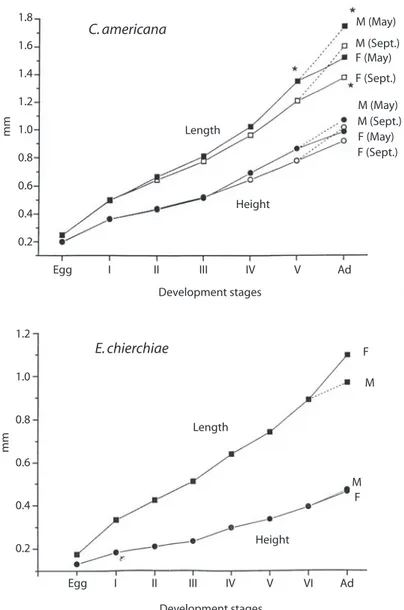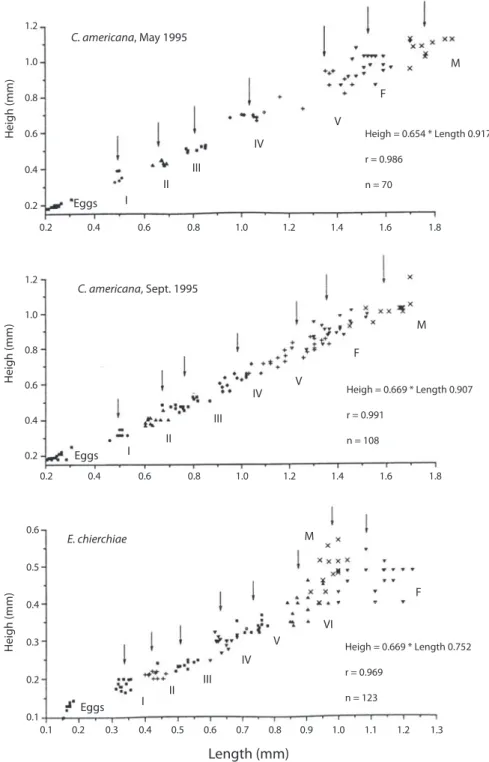Seasonal vertical distribution, abundance, biomass, and biometrical relationships of ostracods in Golfo Dulce, Pacific coast of Costa Rica
Texto completo
Figure




Documento similar
In this way, the eco-friendly and sustainability scope of biofuels as energy resource depends on the class and the nature of biomass employed as feedstock, as
alteration of marine circulation patterns, the abundance, distribution, and structure of marine species, and the frequency and intensification of atmospheric processes such
In this respect, a comparison with The Shadow of the Glen is very useful, since the text finished by Synge in 1904 can be considered a complex development of the opposition
biorefinery producing ethanol and hydrogen using lignocellulosic biomass.. Two types of
SUMMARY: Acoustic surveys for assessing the biomass and distribution of the jumbo squid (Dosidicus gigas) and the lightfish (Vinciguerria lucetia) were carried out in the
MSL data showed evidence of a correlation between the seasonal cycle of surface wind speeds as measured by REMS and the seasonal variation of methane abundance detected by
Both the fact that the distribution of the derived oxygen abundance gradients is compatible with a Gaussian distribution and this lack of correlations between the slope values and
Nutrients derived from penguin colonies and other marine vertebrates altered the trophic interactions of communities within microbial mats, as well as the relative abundance and





